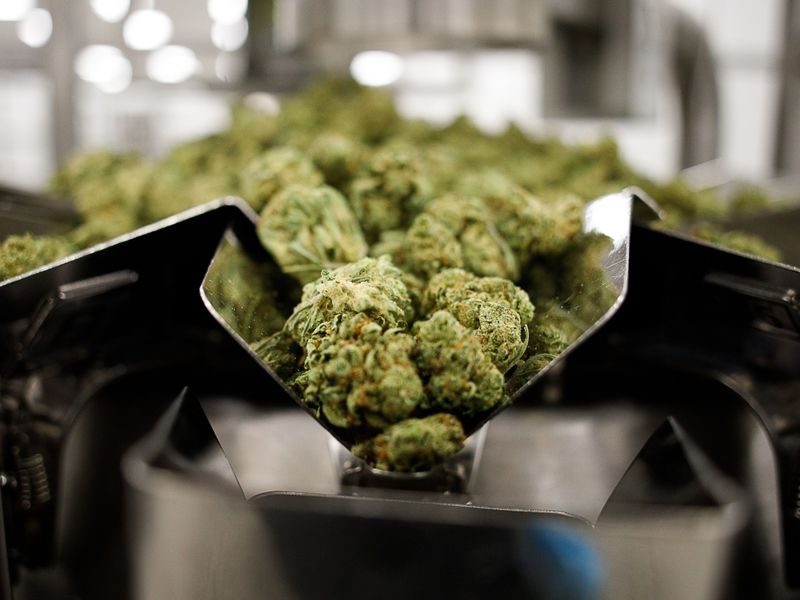In his budget address Tuesday, Cuomo estimated marijuana could eventually generate about $300 million in annual tax revenues.
This is the third attempt at legalizing marijuana from Cuomo, but the first with the potency tax.
Wholesalers of cannabis products would face a tax of between 0.7 cents and 4 cents per milligram of THC, depending on the product. The highest charge is reserved for edible cannabis items.
A California state-run research agency said in 2019 that the state could improve its complicated pot taxes by adopting a simple charge on potency—though the recommendation was not acted on. Illinois, which legalized marijuana last year, charges a higher tax on products with THC levels above 25%, but the tax is still based on the retail price of the product.
New York’s proposal is the first to directly base taxation on potency level, before a retail price is set. Customers still would have to pay a tax of 10%, plus local and state sales tax, at the store.
Ulrik Boesen, a senior policy analyst at the Tax Foundation, has written in favor of potency-based taxes as a way to most directly address the effects of marijuana.
“You levy a tax on a product like recreational marijuana because you assume there are some negative externalities, or harm, associated with consumption—same as cigarettes or alcohol,” Boesen said. “The question then is: How do we best capture that harm in a tax?”
The drug’s many forms and modes of consumption complicate taxes based on price. The potency of the product is the most direct way to measure the risk of negative effects, Boesen said, such as driving under the influence.
Similarly, distilled spirits are taxed at the federal level at $13.50 per proof gallon (a liquid gallon that is 50% alcohol).
The risk, however, is this would be a new style of tax for cannabis and therefore could create some headaches in calculating, noted Jay Czarkowski, founding partner of Canna Advisors, a consultantcy group. THC is measured as a percentage—similar to alcohol content—in some products and by weight in others.
The question for any tax on cannabis is whether it raises prices to the point that buyers would stick to the tax-free illicit market. New York City’s underground market for marijuana is among the world’s largest.
Jeremy Unruh, director of regulatory affairs for PharmaCann, one of New York’s 10 licensed medical marijuana producers, said the sweet spot for marijuana tax is between “25% to 27%—which provides enough revenue to be meaningful to lawmakers but not so high as to keep people in the illicit market.”
Unruh estimates New York’s tax plan would add about a 30% tax to cannabis sales.
“It is pushing the envelope,” he said, “but not out of the scope of reasonable.”
Cuomo has placed the bill—officially the Cannabis Regulation and Taxation Act—in his proposal for the state budget, which is scheduled to be voted on by April 1.
A Democratic-led marijuana proposal in the Legislature proposes charging an 18% excise tax on marijuana sales.


